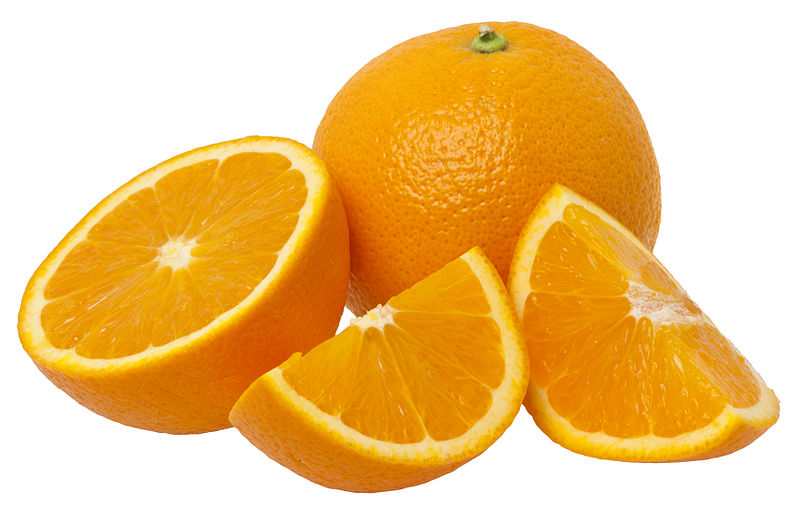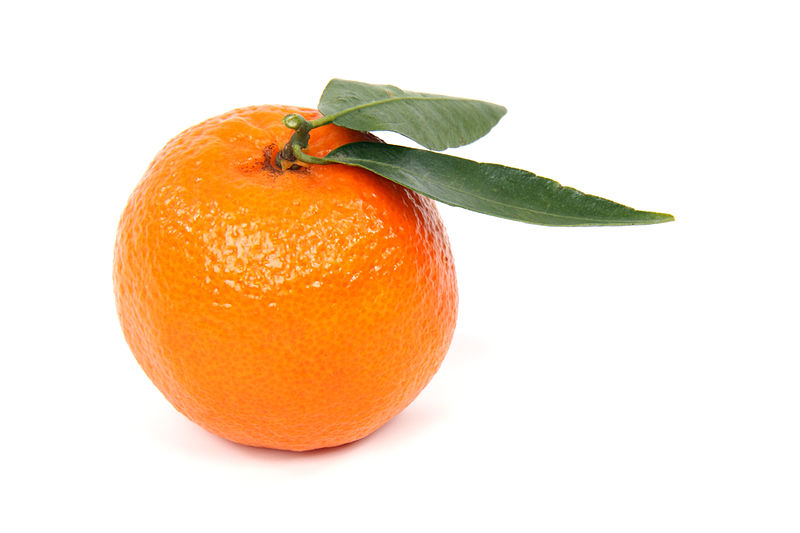Difference Between Orange and Clementine
Table of Contents
Key Difference – Orange vs. Clementine
Identifying the different varieties of oranges can be challenging. Clementine belongs to the family of oranges, and they are more difficult to distinguish from other sweet oranges because they look similar to each other. However, in spite of their many similarities, there are some important differences between other oranges and clementine. Nutritionally, all oranges are similar and rich in vitamin C, antioxidants, and dietary fiber. Both clementine and other oranges provide trace amounts of iron, magnesium, calcium, folic acid, and vitamin E. However, the size and sterility of the fruit are the key differences between sweet orange and clementine. The sweet orange is the fruit of the citrus species that belong to the family Rutaceae. Clementine is a hybrid variety. It is a seedless orange and small in size compared to the standard size of oranges. Also, oranges are rich in vitamin A compared to clementine. The purpose of this article is to highlight the differences between orange and clementine fruit.
Facts about Orange
The orange is a hybrid variety between pomelo (Citrus maxima) and mandarin (Citrus reticulata). Orange relates mainly to the sweet orange (Citrus sinensis L.). This tree is a perennial, flowering plant, with a normal height of 9-10 m. It originated in China and, in 2012, sweet oranges accounted for approximately 70% of citrus production. The orange appears in different sizes and shapes varying from spherical to oblong and has a pebbly-skinned. Compared to other oranges, sweet oranges are easy to peel and readily separate into individual sections. It is peeled and consumed in fresh form, or the fresh fruit is also used in marmalade, salads, desserts and main serving dishes. Furthermore, fresh juice and frozen juice concentrate are also prepared using oranges. Commercially available fresh orange fruits contain seeds and the number of seeds in each segment varies greatly.

Facts about Clementine?
Clementines are a different type of oranges that ripen around Christmas season. In the United States, clementines are typically available in November to January. Commercially grown clementines are always seedless. The clementines are a perfect fruit or snack for young children because of its lack of seeds. Similar to Mandarin, they tend to be easy to peel. The peel is deep orange with a smooth, glossy appearance and it can be separated into 7 to 14 segments.They are naturally juicy and sweet, with less acid content than other oranges.

What is the difference between Orange and Clementine?
Origin:
Oranges originated in China.
Clementine was created by a French missionary known as Marie-Clement Rodier in Algeria over 100 years ago.
Growing Countries:
Brazil and the USA are main planters of orange in the world.
Clementine is grown in Algeria, Tunisia, Spain, Portugal, Morocco, Greece, Italy, Israel, Lebanon, Iran and Turkey.
Hybridization:
Orange is a hybrid variety of pomelo (Citrus maxima) and mandarin (Citrus reticulata). Its genes approximately come from 25% pomelo and 75% mandarin.
Clementine is a hybrid between a Mediterranean citrus and a sweet orange.
Seed Content:
Oranges contain seeds, and one segment contains up to six seeds.
Clementine is a seedless orange.
Taste:
Oranges have a sweet flavor, and its acidity is somewhat low compared to other standards oranges.
Clementine has a tart, tangy and sweet flavor.
Vitamin A Content:
Oranges contain significantly more vitamin A than clementines.
Clementine has negligible/trace amount of vitamin A.
Varieties:
Valencia orange, Hamlin cultivar, Belladonna, Cadanera, Cherry Orange are varieties of oranges.
Spanish clementine and Nadorcott are varieties of Clementine. The Nadorcott variety is famous for its more red-orange color, thinner peel, and less sweet and more tart and bitter than the Clemenules/Spanish clementine.
Uses:
Oranges are used for fresh juice, frozen juice concentrate, canning, marmalade and fruit salad preparation purposes. However, due to added sugar in canned oranges products increases the calorie content and decreases the nutritional value of the fruit. In addition to the fruit, the peel is used as a spice for cooking, baking, drinks, or candy as well as Chinese traditional medicine.
Clementine is mainly used as snack/fruits after main meal.
Cultural Significance:
Oranges are considered traditional symbols of abundance and good fortune during the two-week celebration mainly during Chinese New Year season. Therefore, these oranges are commonly presented as decoration and offered as gifts to friends and relatives.
Clementines have a huge demand during Christmas season and also known as Christmas oranges. It is sometimes used as a Christmas tradition in Japan, Canada, the United States, and Russia.
Alternative Names:
Oranges are known as Tango, Sweet oranges, Chinese apples, Naranjito.
Clementine is known as Moroccan clementine, seedless tangerines, Christmas oranges, Thanksgiving Orange, and Cantra in India.
In conclusion, oranges and Clementine are members of the citrus family and similar to traditional oranges, but they each have slightly different sensory and physical properties. However, the Clementine is not always easy to differentiate from varieties of sweet oranges.
References
Hodgson, Richard Willard (1967). Chapter 4: Horticultural Varieties of Citrus. The Citrus Industry (Revised edition) ( University of California, Division of Agricultural Sciences). Retrieved February 14, 2009.
Nicolosi, E., Deng, Z. N., Gentile, A., La Malfa, S., Continella, G. and Tribulato, E. (2000). Citrus phylogeny and genetic origin of important species as investigated by molecular markers.TAG Theoretical and Applied Genetics, 100(8): 1155–1166.
Yeung. Him-Che. Handbook of Chinese Herbs and Formulas. 1985. Los Angeles: Institute of Chinese Medicine.
Image Courtesy:
1. Orange Fruit Pieces By Evan-Amos (Own work) [CC BY-SA 3.0], via Wikimedia Commons
2. Clementine Orange By Petr Kratochvil [Public domain], via Wikimedia Commons
ncG1vNJzZmivp6x7pbXFn5yrnZ6YsqOx07CcnqZemLyue8OinZ%2Bdopq7pLGMm5ytr5Wau2670ZqloJ1dlruledWsZJyklaKyr8DIp5xo